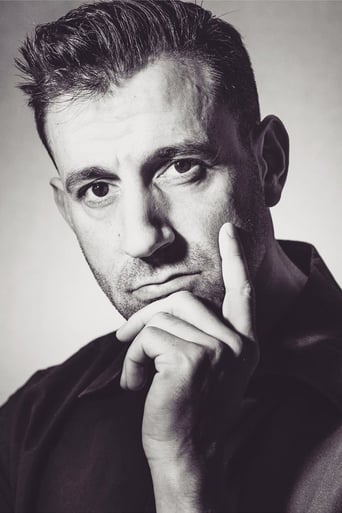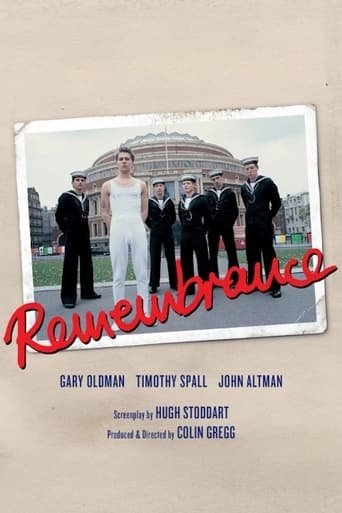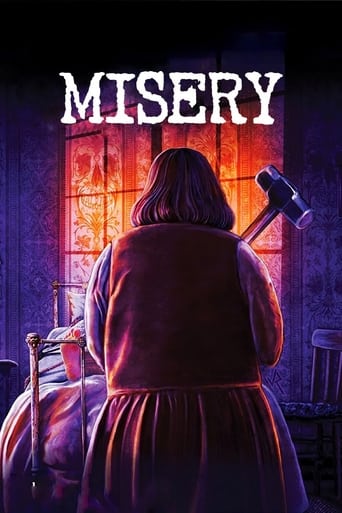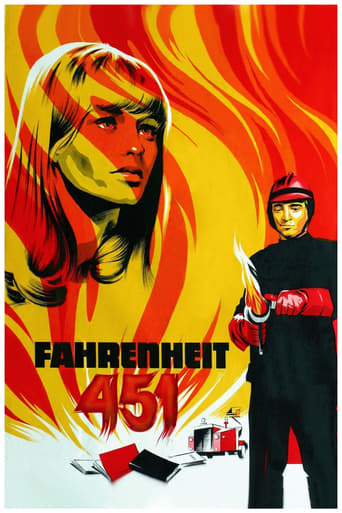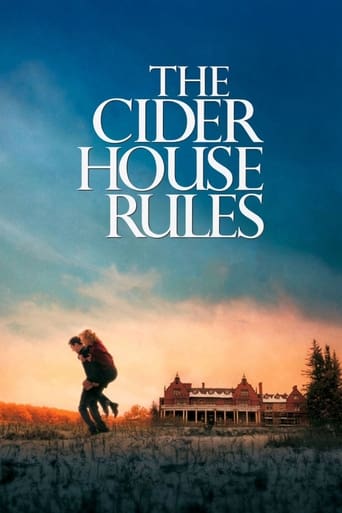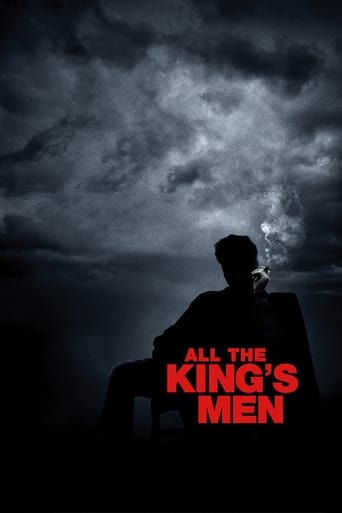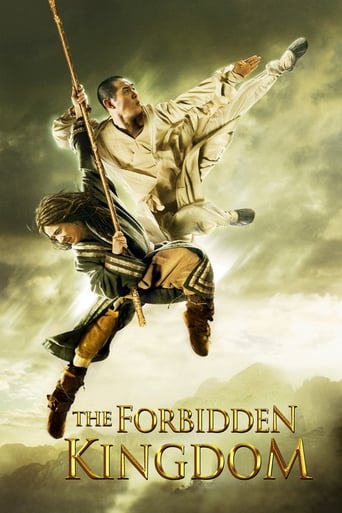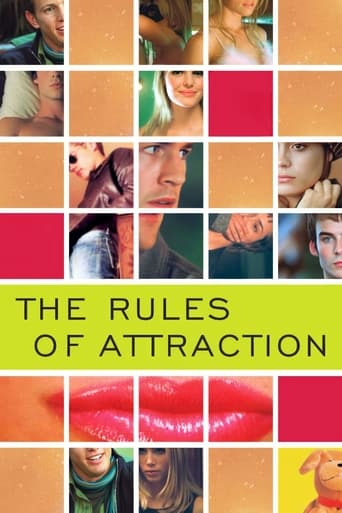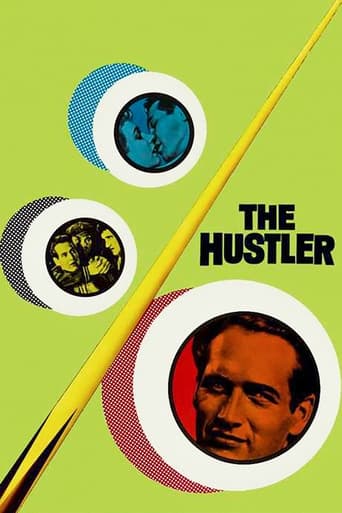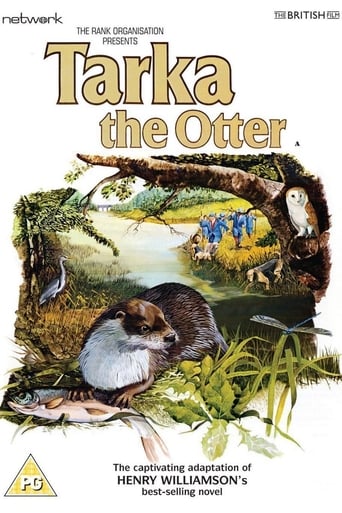
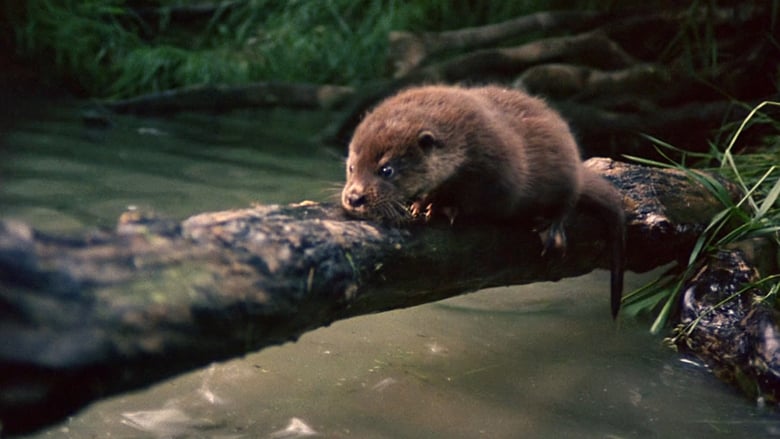
Tarka the Otter (1979)
Set in the English countryside of the 1920s - when otter hunting was still legal - this film follows the life of Tarka the Otter from his birth into adulthood. We witness his close shaves, and his struggle with a man who tries to keep our furry hero as a pet.
Watch Trailer
Cast


Similar titles
Reviews
This British animal film details the life of an otter called Tarka and his daily obstacles to survive. His main dangers come from human beings perhaps unsurprisingly, in the form of poachers and, mostly, huntsmen and their pack of hounds.The influence of the previous year's Watership Down (1978) seems quite pronounced here, with its story focusing on the trials of animals from the British countryside and the grim reality of the horrors they encounter. Both movies share a peculiar unsentimental approach to their material, and both are hard hitting for family movies. The biggest single difference of course is that Tarka is based squarely on reality, with no talking animals or animation. As such, it utilises a lot of nature style photography, which are edited together into a narrative, the result is something of a hybrid of fiction and documentary. The nice narration from Peter Ustinov helps expand upon the story elements but this is a film which almost exclusively gets by without dialogue. The English countryside provides a lovely backdrop and is very well photographed here. There is an unmistakeable anti-hunting message, which remains absolutely pertinent to this day. The idea that grown adults get their kicks out of terrorizing a little wild animal minding its business in the countryside, is perplexing indeed. But even without the message, this remains a great little movie, with the real star being the gorgeous little otter itself. This is definitely a film which remains compelling and is one which should continue to be passed down to future generations of children.
The first thing that stood out about this film was the wonderful photography that provided a vivid and beautiful portrayal of life in the English countryside, with bubbling brooks, the passing of the very distinctive seasons and the flashes of colour and life from birds, insects and animals. While the people spoiled it, both for their presence and their behaviour, the film was a realistic portrayal of life in the countryside and I do not understand people wanting to shield children from that. A lot of modern problems stem precisely from our distancing ourselves from nature and an understanding of its workings. That is the REAL world and ours is an artificial creation superimposed upon it - ostensibly in an effort to rise above its harsh and savage aspects, but all too often failing to meet the lofty ideals. I saw Bambi in a crowded cinema, when I was 3 or 4, and when that fatal shot rang out my little voice piped up "Mummy, did the hunters just kill Bambi's mother?" My mother responded truthfully... "Bwah!!!" But the film moved on and so did I. In retrospect I think my reaction broke the tension of an audience that was all wanting to bawl their eyes out and they were duly grateful. Kids should learn that nature can be savage at an age when they can assimilate the fact. Bringing one's children up to believe that the universe will conform to their desires may easily lead to disillusionment or the feeling they weren't 'wanting' hard enough. Much better to teach them that the world operates on the principle of cause and effect and that we must assume responsibility for all our contributions (positive or negative) to that process! At the end of the film, I thought it was saying Tarka escaped down to the sea, the 3 bubbles showing his path. But I see other viewers assumed he had stopped breathing and was dead. It's a nice ambiguous ending where I suppose one can read what one wants into it. But as in "Ring of Bright Water", there's always the next generation to carry on the genes. At one point I consoled myself by thinking "Well it's not as savage as bullfighting", but is that even true? It is certainly not to our credit that humans consider it sport to hunt, torture and tear animals apart, using overwhelming odds to virtually ensure a kill. Sport with animals is what the Cretans did, performing acrobatics over and around a ferocious bull to demonstrate their courage and skill without harming the animal at all.
I taped this on DVD a few weeks ago and finally got around to watching it. The photography alone is stunning, and the otters are so beautiful. A sad ending was referenced, and at first I didn't know, but was watching with my mom, and when Ustinov narrated three bubbles leaving the scene, she was convinced and convinced me that it was the three otters: Tarka, his mate, and their baby moving to a new location. My almost 4-year-old granddaughter was watching, too, and LOVED it. She handled the deaths just fine, including Tarka's mother bleeding after being shot. The movie shows some death, but much more life. I like the music, the story, the scenery, everything.Since writing this review, I have read other reviews about the movie, watched again alone, and watched it with the 3-year-old referenced above, as well as her 7-year-old sister. No doubt, Tarka died in the end, and the 7-year-old was very sympathetic with Tarka's difficulties throughout the movie. It didn't bother her when Tarka and the otters ate the eels or fish or went after chickens, her loyalty was with the otters and she kept saying she couldn't keep watching. Each time, though, she did keep watching and enjoyed the movie, and perhaps thankfully fell asleep before the last hunt. As the scenes went forward, the 3-year-old remembered the entire movie from scene to scene and was as enthralled the second time around as much as the first. But with the sensitive child, it offered what I perceive as an opportunity to see that nature is, among other things, cruel. Tarka encounters marvelous and varied experiences in his full, albeit difficult, life. This little otter stepped out of the normal path because of being alone. It enabled him to be a worthy opponent for the trained dogs and even to take out one of the enemy in the end. This movie represents a triumph over adversity. Tarka finally succumbed, but what a valiant little creature from a fierce breed. Butterflies can be fierce, hummingbirds are fierce, dolphins live passionately and fiercely. It seems to me that this is an aspect of nature to embrace and celebrate, maybe to emulate, not to run from and condemn. Because he was so resourceful and good at surviving, he was able to leave cubs behind. His difficulties weren't limited to being hunted by dogs.A final note about varying comments about anthropomorphism in the movie. My understanding of this fallacy is to attribute human qualities and feelings to non-human creatures and things. This movie does that in abundance, but I don't have a problem with it. I tend to take an anthropomorphic view oftentimes, anyway. Looking at Tarka's life from a perspective we can relate to helps us to relate to the life experiences of the otters. So I say, yes, anthropomorphism runs rampant in the move, and that this is okay. It takes the movie out of the realm of being a cold, emotionless documentary, the narratives of which, btw, are frequently highly anthropomorphic in their presentation.
I love Ustinov's distinctive, literate narration. And the photography is quiet nice. We put the film on for our 3.5 year old who sort of wandered in and out of the room. So for our first viewing, we only saw about 1/3 of the movie and were quite charmed. When we re-watched, sitting down for family time,we were all mortified at the violence and life-threatening situations the poor otter got into. About halfway through the movie, there's a rack of dead, bloody furry animals. Lots of blood, not just a little. Then at the end, there's a wild struggle with a dog, then blood clouds the water. You'd think, given the G rating, that's all you'll see...that they will IMPLY one of the animals died. Nope. They drag the carcass out of the water and show it plainly for several traumatizing seconds. Personally, as an adult I love horror movies and am fine with violent movies ala Scorsese, Cronenberg, Tarantino. Heck, I love the ultra violent Battle Royale. But those aren't kid movies and don't advertise themselves as such. If you are deliberately raising your young ones to see the harsh realities of life for cute animals, then this is the movie for you. If you are like me and my wife though, you might want to spare your child nightmares and avoid this one.



